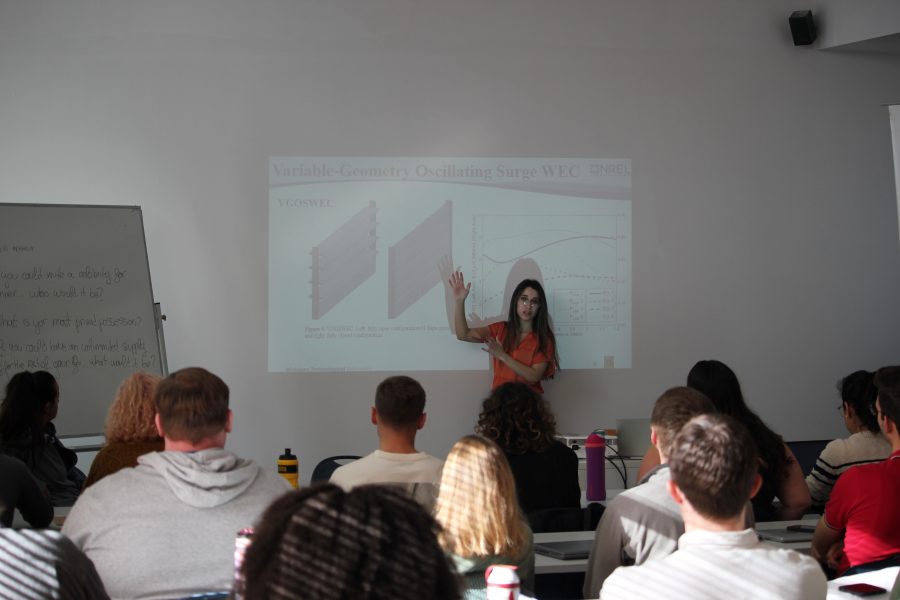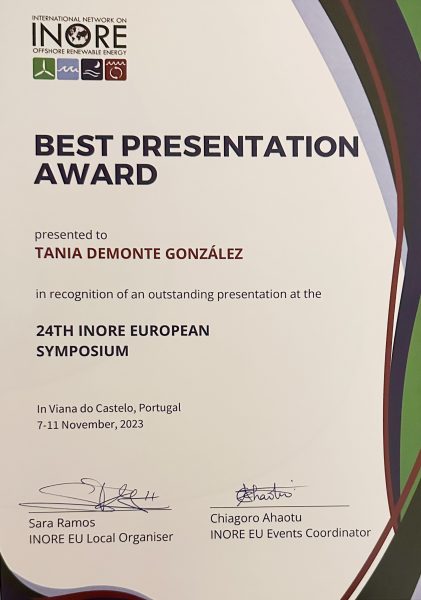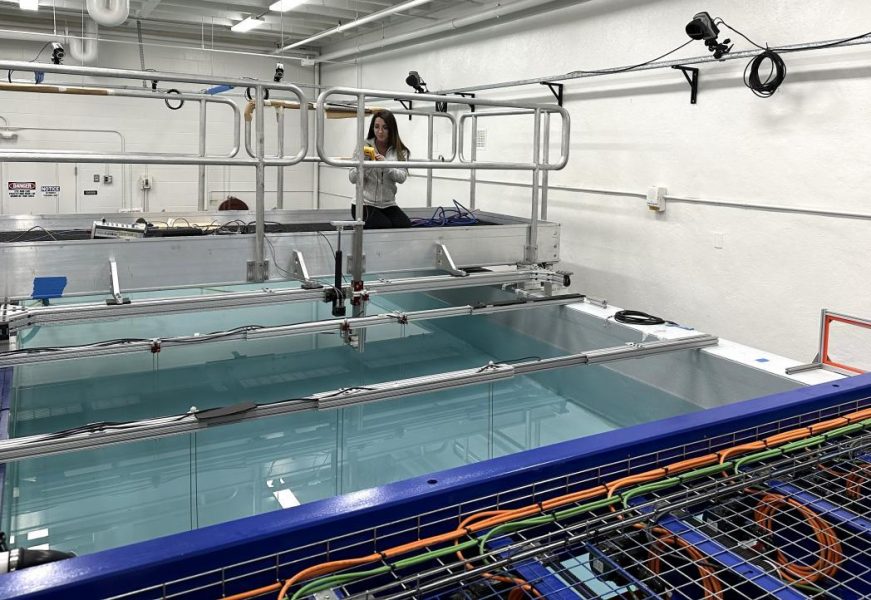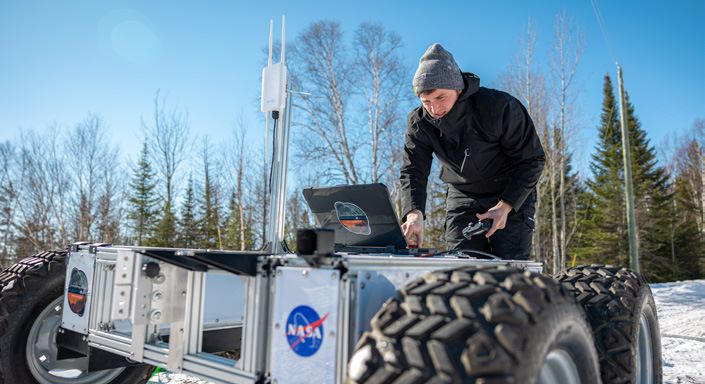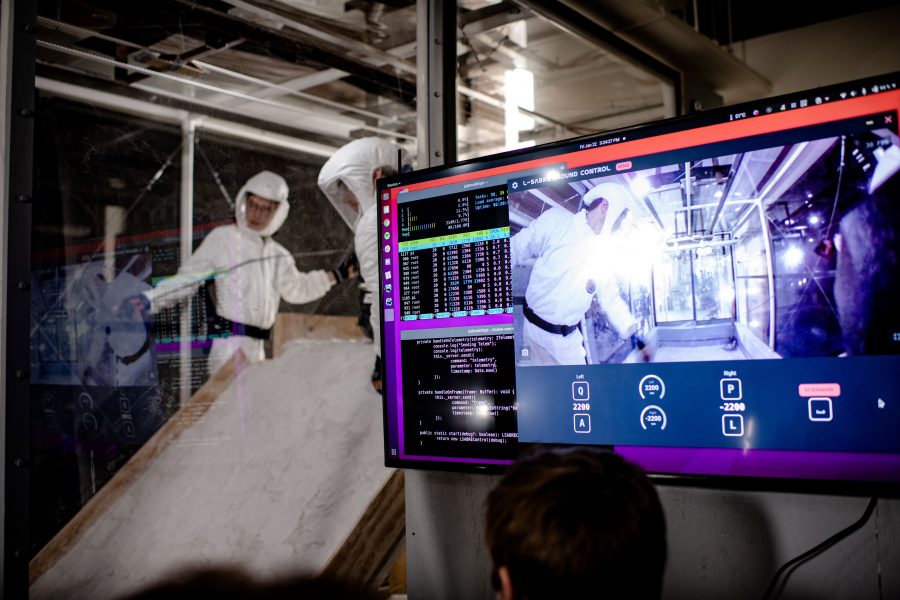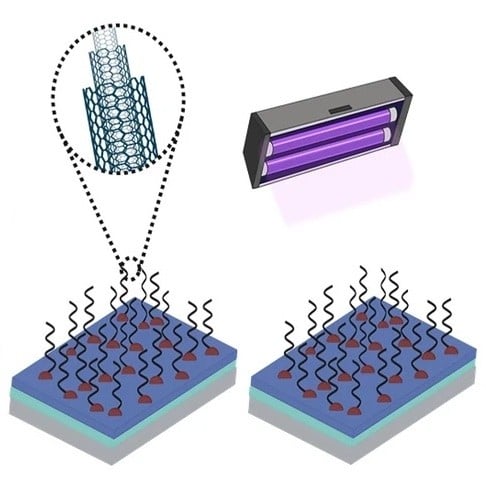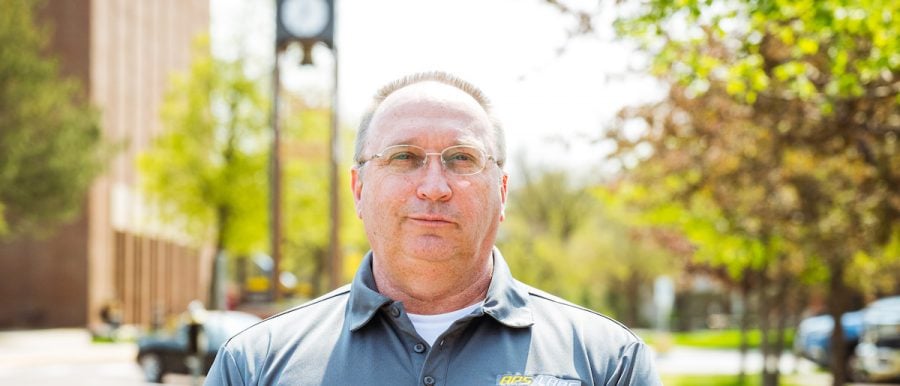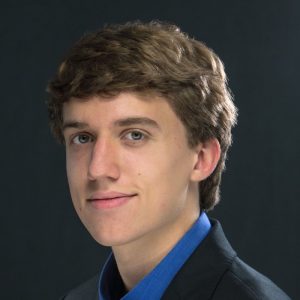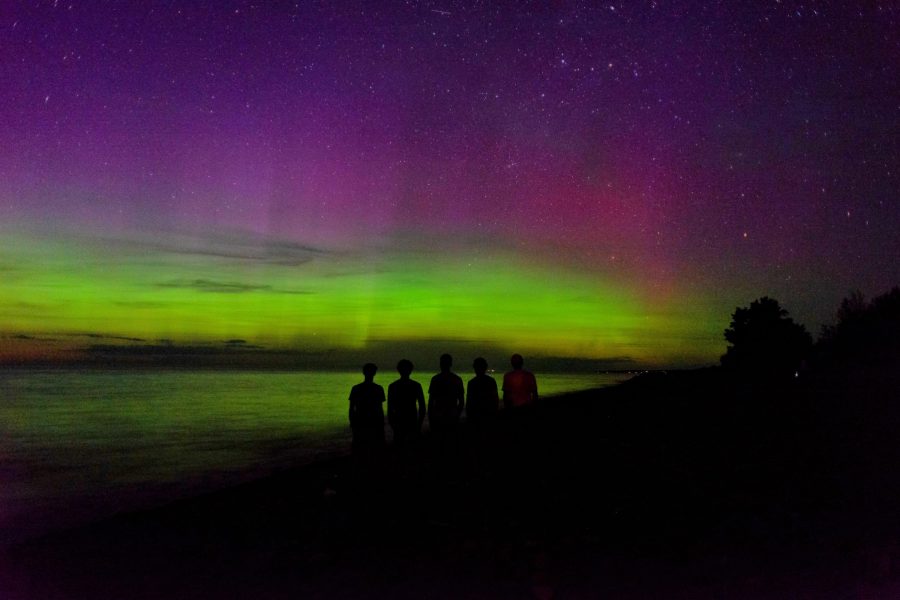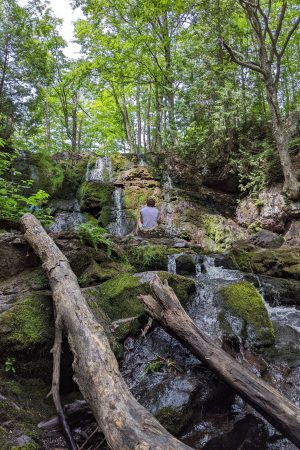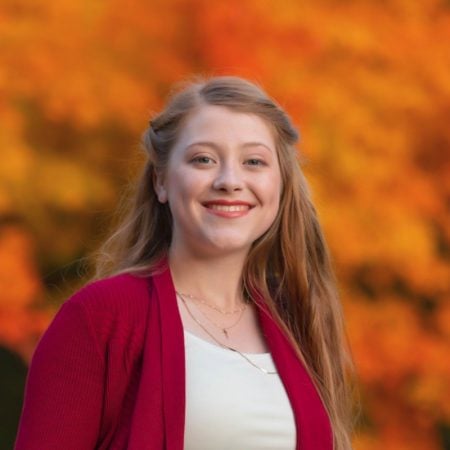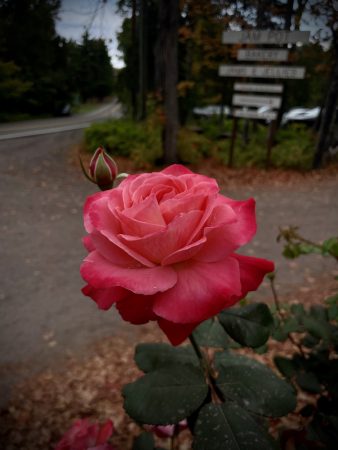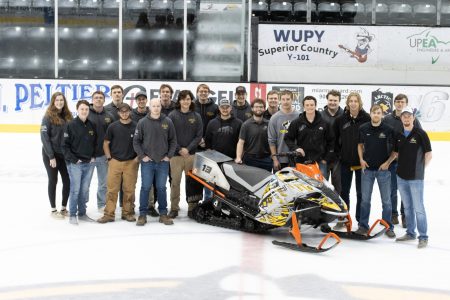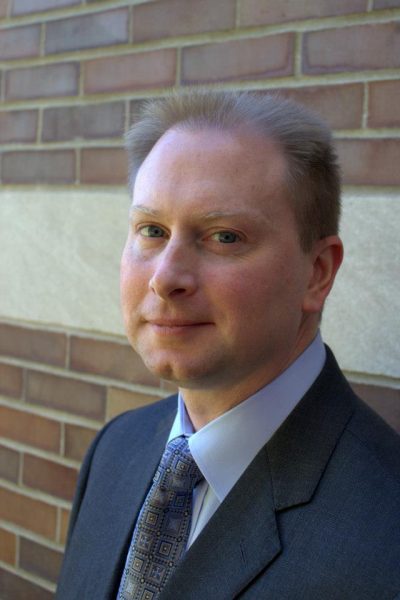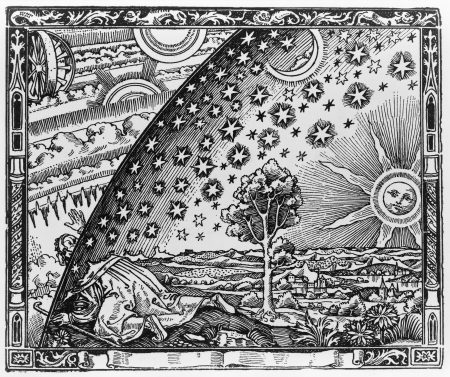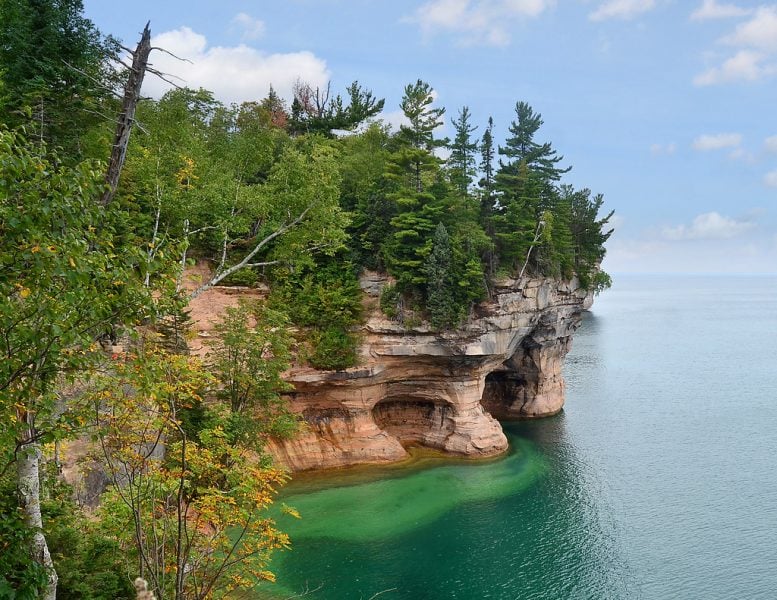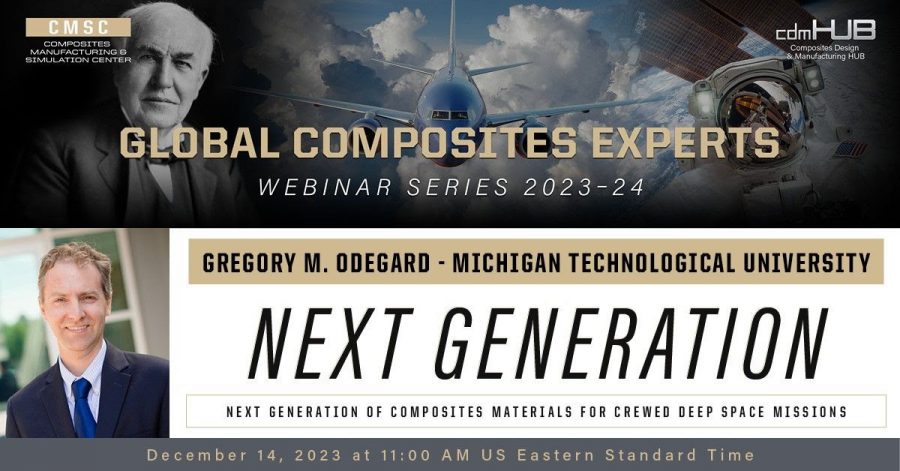
Abstract:
Current state-of-the-art composite materials are not light/strong enough for crewed missions to Mars and beyond. Structural components of deep space vehicles require lighter/stronger materials for fuel efficiency. The NASA Space Technologies Research Institute (STRI) for Ultra- Strong Composites by Computational Design (US-COMP) is focused on developing a new generation of composites for this purpose. US-COMP is using computational simulation to drive the material design in an efficient manner. By developing new simulation tools, experimental methods, and databases of material information, US-COMP is playing a central role in the national Materials Genome Initiative (MGI). The ultimate goals of US-COMP are to design, fabricate, and test composite panels that meet NASA’s requirements; and to train students to enter the advanced composite materials workforce.
Bio:
Prof. Gregory Odegard is the John O. Hallquist Endowed Chair in Computational Mechanics in the Department of Mechanical Engineering – Engineering Mechanics at Michigan Tech. He is the Director of the NASA Institute for Ultra-Strong Composites by Computational Design, which
is focused on development the next generation of composites materials for manned deep- space missions. Before joining the faculty at Michigan Tech, Greg was a researcher at NASA Langley Research Center from 2000-2004. He received his PhD at the University of Denver in 2000. His research is focused on computational modeling of advanced material systems. He is the recipient of the NASA Outstanding Public Leadership Medal, is a Fellow of ASME, and an Associate Fellow of AIAA.

